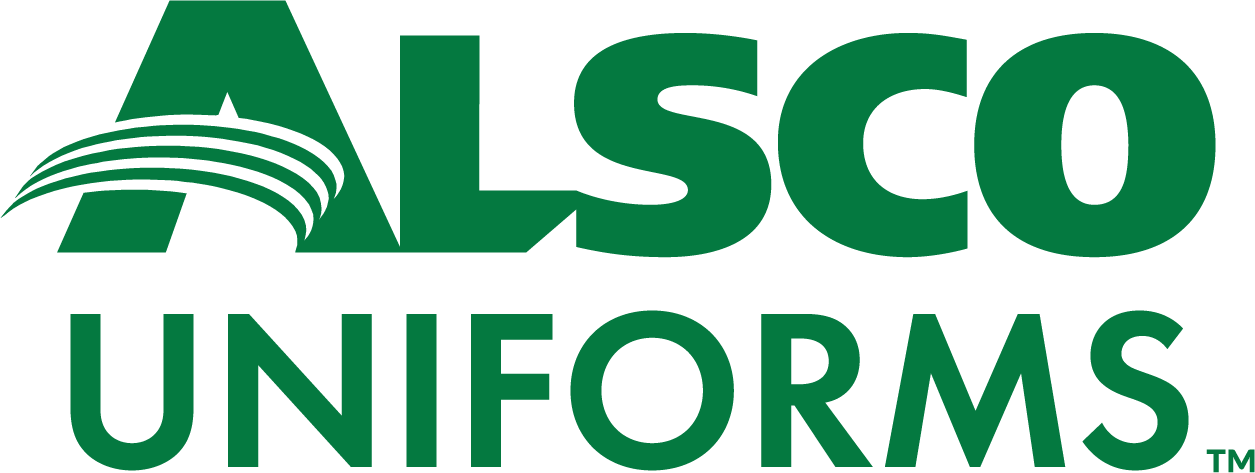
It’s no secret, workplace safety is both important and beneficial. You already understand that investing in the well-being of employees is a necessary measure.
It guarantees a more productive working environment as well as the longevity of the business.
However, proper safety means more than just having first aid kits in the workspace. To achieve workplace safety, your company must undertake safety training for everyone within the premises.
Doing this can result in significant savings and increased revenue.
If you’ve rolled out a safety training initiative before, you may have realised that getting everyone to internalise the content isn’t guaranteed.
And that’s not entirely the employees’ fault.
Depending on how it is conducted, employees may find safety training dull. This can cause disinterest which undermines the desired objectives.
Thankfully you can shake things up with safety games.
Safety games are a great way of getting people in the workplace to better understand and utilise safety training.
They work well due to their interactivity. It doesn’t hurt that they allow for less formality and deviation from the norm.
Research indicates that competition can be an effective way of boosting engagement in the workplace.
This is because competition increases physical and psychological activity.
Just remember to frame the outcome of the game positively. Motivate everyone by letting them know that winning the game will result in a reward.
Use words such as “first place” and “second place” as opposed to “winners” and “losers”.
It may seem obvious but you’ll be surprised just how easy it is to forget this once everyone’s all fired up.
Incorporating the following games into your safety training program will enhance the learning experience for employees making it enjoyable and rewarding.
You’ll need a scorecard, a healthy dose of team spirit, and a winning attitude.
Let the fun begin!
Role Play
Starting on a familiar note is always a good way of easing people into an activity.
It’s highly likely that everyone is familiar with role playing so it should be easy for everyone to follow.
- Team people up in groups of five or ten.
- Have cards with different safety scenarios written on them. A representative from each team will select a card at random.
- Once every team has their card, the members will take a moment to read through and understand their task.
- In the order in which the teams picked a card, each team will demonstrate the correct way to administer first aid in their respective scenarios.
- If there’s time, you can have the game as a ‘before and after’ exercise. This will allow everyone to see how much they improve after receiving training.
A qualified trainer will take note of how the teams fared and give feedback during training, after which the teams can then re-enact their assigned role play tasks.
Role play is a wonderful approach as it’s hands-on. By practically working through likely situations, employees learn and retain more than they would from purely theoretical instruction.
Safety Word Search & Word Generator
This game is a great way to make safety training interesting.
It is especially ideal for gauging retention once a particular module has been covered.
- Print out words from the respective module in the classic word search format, with the words hidden horizontally, vertically, diagonally, and in reverse amidst alphabet letters.
- Each team chooses one person to represent them.
- The goal is to get the teams working together to help their representatives find all the safety words within a time limit.
Another word game that can work well for such a training process is word generator.
- On a whiteboard or flipchart, write the letters of the alphabet vertically in two columns of thirteen letters each.
- Ask the teams to replicate this in their sheets of paper so they won’t need to keep looking up during the activity.
- Instruct them to write down words from the training module for each letter. The team to come up with the most appropriate words in the shortest amount of time wins.
Safety Trivia
What better way to help everyone retain all that valuable training than to ask questions?
Get employees motivated to read, understand, and maybe even memorise parts of your workplace safety handbook by heart through a trivia session.
Whether you choose to quiz the employees individually or in teams, the rule is simple: whoever earns the most points wins the prize.
To shake things up a little bit, have a time limit.
Structure your questions in a manner that seeks deeper comprehension of each topic. Though it may take up time, you’ll gain a clearer picture of how much everyone has been able to learn.
This helps point out the individual or departmental weaknesses and strengths which can help improve how safety training is conducted. Set learning targets on a weekly or monthly basis for every employee or department.
At the end of each review period, each employee’s progress can be gauged, and everyone can be celebrated for the strides they’ve made.
Safety Charades
Safety training doesn’t get easier than this. Write down the gestures for the game and separate everybody into even-numbered teams. Two large groups should do the trick.
Just like a regular game of charades,one person from each team will pick a slip of paper at random.
The guiding words will be safety-related e.g. “first aid kit” or “fire exit”.
The team that manages to get the most correct interpretations wins. Simple as that.
Safety Poster Contest

Image from: Kaboompics .com
The best time to set this up is during breaks in between sessions.
Put together art supplies including plain paper, and either paints or coloured pencils.
Once everyone’s back from their breaks and energised, it’s now time to get their hands a little dirty.
Set out a theme and let the teams come up with informative but also visually captivating safety posters.
Judging this task can be tricky, but there is a good chance that one team will have packed in extra more relevant information, and used better creative tools in their poster, making them the outright winner.
Safety Treasure Hunt
One more safety game that’s bound to get everyone excited is the good old treasure hunt.
Choose a hypothetical safety situation that could arise in the workplace; for instance, a fire on one floor. The objective is for teams to follow all the safety steps outlined in the handbook or communicated during training.
This will demonstrate how conversant every employee is with your respective workplace safety procedures.
Organise everyone into two teams: either form new ones or keep the original ones intact.
This will depend on the number of people taking part as well as the amount of time and space available, so feel free to form more teams if necessary.
As with conventional treasure hunting, each group will receive the first clue and proceed to do their best to find each subsequent clue.
The team whose members have understood what is expected in an emergency situation will work through the task faster and emerge victorious.
After such a fun filled session, take a few minutes to review how the teams performed.
Keep in mind that anything can happen even during safety training.
Ensure that in each station where the activities will be taking place, fully stocked first aid kits are available not just for training purposes but also in the event that an accident occurs.
Alsco offers a first aid kit rental service which is a comprehensive alternative to buying kits for the workplace.
Kits can be customised to meet your individual company requirements as well as industry standards.
With Alsco’s service, your workplace will benefit from limitless restocking of hospital grade medical supplies for an all-inclusive monthly fee.
Get your quote today.
Photo: Pressfoto
